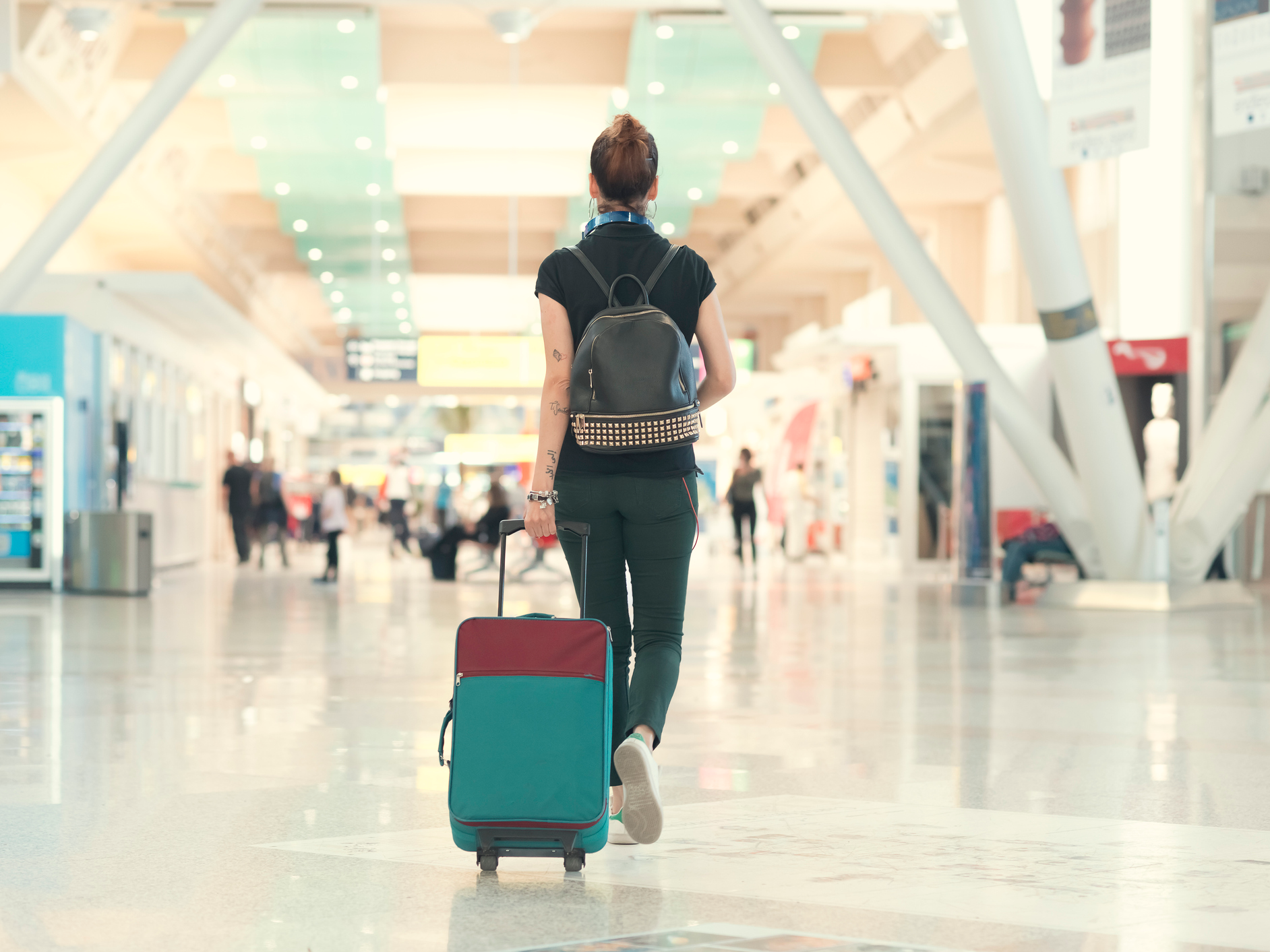- New York, Yellowstone, Austin’s annual South by Southwest festival (SXSW), and other major US travel destinations may lose millions in revenue from the coronavirus outbreak.
- As of Friday, there are over 100,000 confirmed cases of coronavirus, the majority of which is in China. It has spread to at least 93 other countries.
- COVID-19 has spread to other parts of Asia, Europe, and the Middle East as well. There are currently around 150 confirmed cases of it in the US, including the people who were stranded on the Diamond Princess cruise ship in Japan.
- The US has reported 15 coronavirus deaths and at least 260 cases. Here are 10 major US tourist destinations that may lose millions to the outbreak.
- Visit Business Insider’s homepage for more stories.
1. Around 50,000 people have signed a petition to cancel Austin’s South by Southwest (SXSW) festival, which normally brings $350 million to Austin every year.
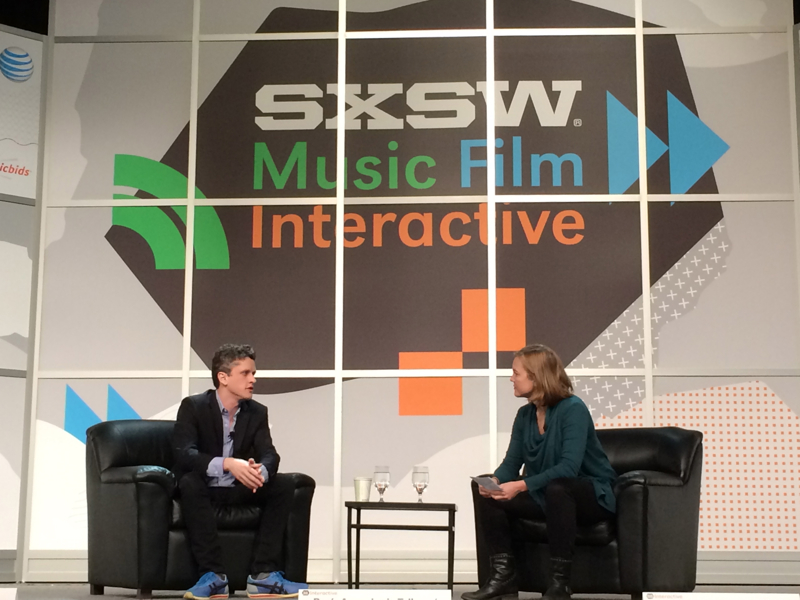
More than 10 companies have backed out of the festival altogether, including big names like Facebook, Twitter, Apple, Netflix, and TikTok.
2. The number of Chinese visitors in Los Angeles could drop by several hundred thousand. This could potentially cost the local economy close to one billion dollars.
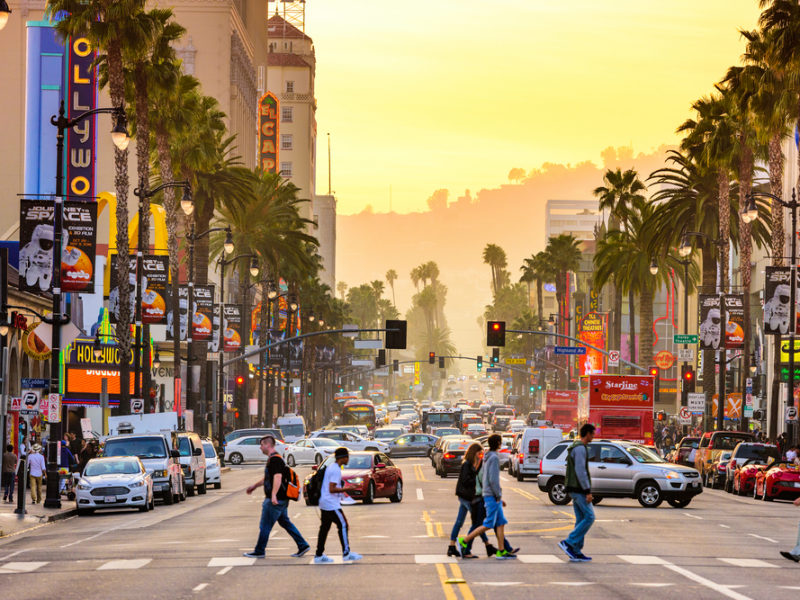
Los Angeles’s tourism and convention board predict a drop of 325,000 Chinese visitors in 2020. That would cost the local economy about $921 million.
3. The outbreak could affect the number of visitors who go to Las Vegas to attend conferences. In 2019, the total number was 6 million.
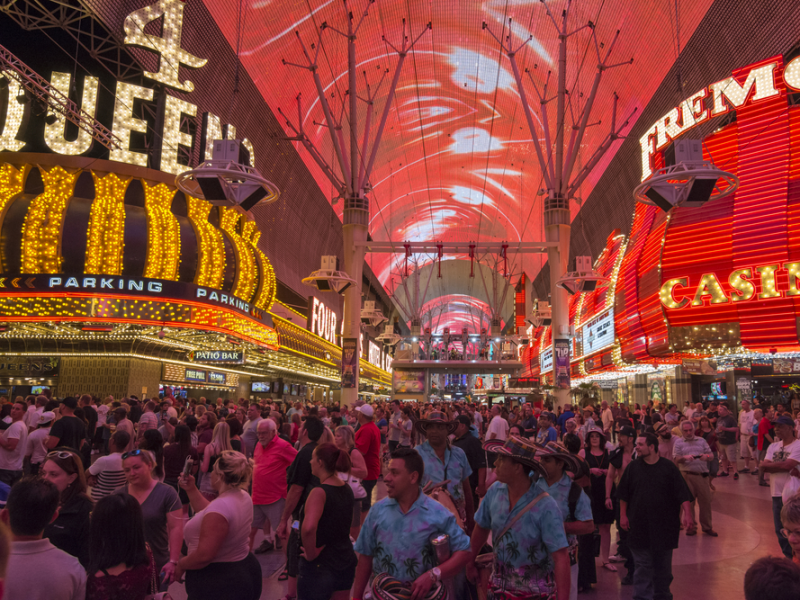
According to the New York Times, reporting on data from the Las Vegas Convention and Visitors Authority, the city got more than 15% of its visitors, which is about 6 million people, from conferences last year. Several conferences have been canceled around the world due to the spread of the novel coronavirus, including the annual Adobe conference that was expected to bring in around 20,0000 visitors to Las Vegas.
According to the Los Angeles Times, Chinese gamblers are known for playing the most lucrative game in Las Vegas, baccarat. Barry Jones, a gambling analyst, noted to NBC News that while casinos on the strip haven't noticed a dip in business in yet, the situation could change in the future.
4. Some of the business in New York City's Chinatown has gone down by almost 70%.
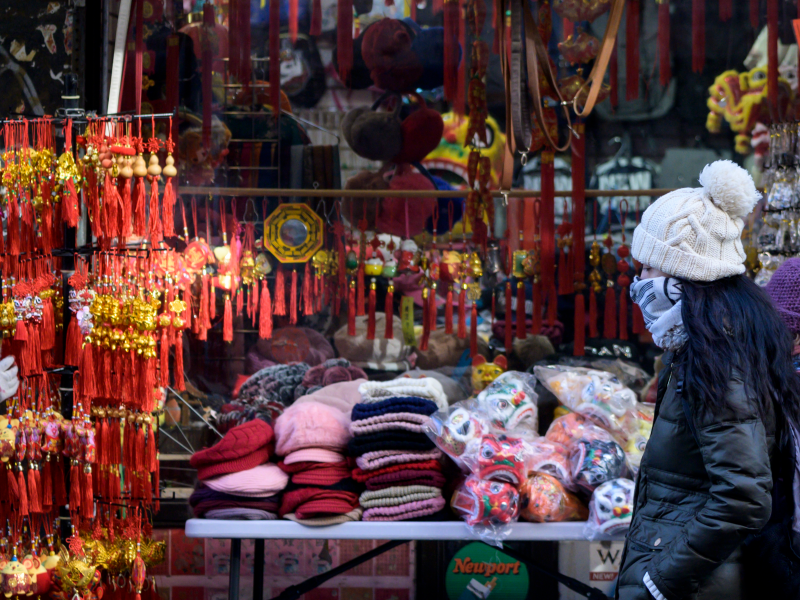
Manhattan's Chinatown restaurant owners and workers told the New York Times that they've seen a 50% to 70% drop in business in the last 10 days.
5. San Francisco airport is losing money on flights to China, which have been sliced in half since the outbreak.
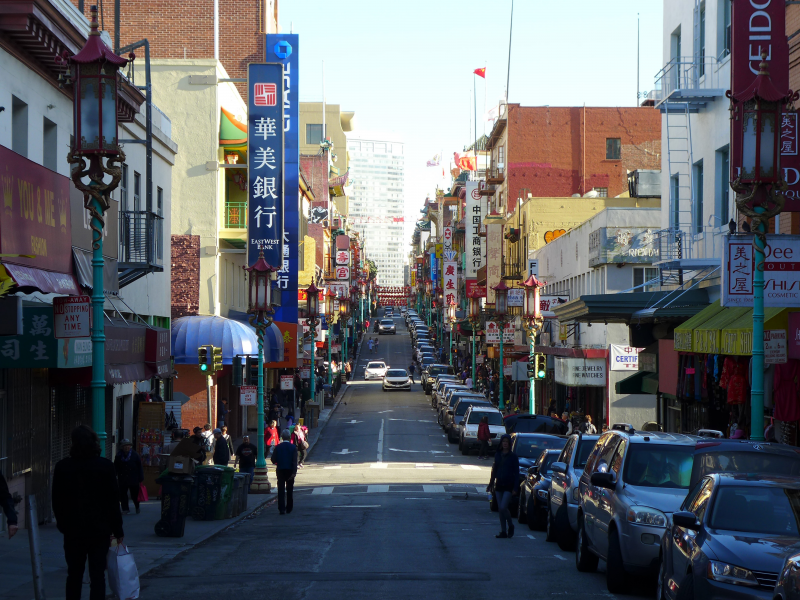
ABC News reported that typically, the airport has 90 flights to China each week. Now, they're averaging 40 to 45 flights each week.
According to The Guardian, San Francisco's Chinatown business owners have seen an estimated 80% decrease in business since the coronavirus outbreak, and they believe it is racially charged.
6. Pike Place Market, a popular Seattle attraction that gets several million visitors each year has been compared to a "ghost town" by business owners.
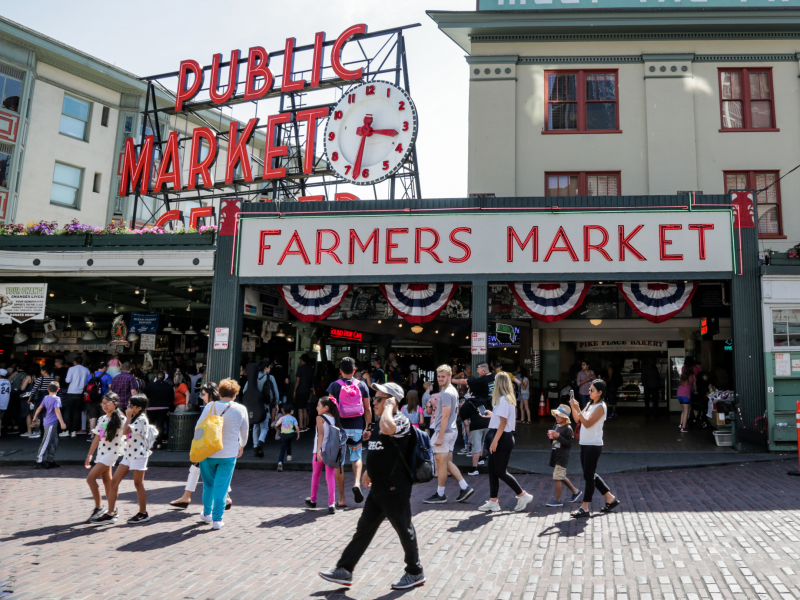
So far, there are more cases and deaths in Washington than any other US state, and business owners at Pike Place Market have compared it to a "ghost town," saying they've never seen it so empty.
Pike Place Market is usually the most popular destination in Seattle, with more than 10 million visitors each year. As of Friday, there are 14 coronavirus-related deaths in Washington state.
7. The cancellation of just one trade show in Chicago is costing the city $77 million.
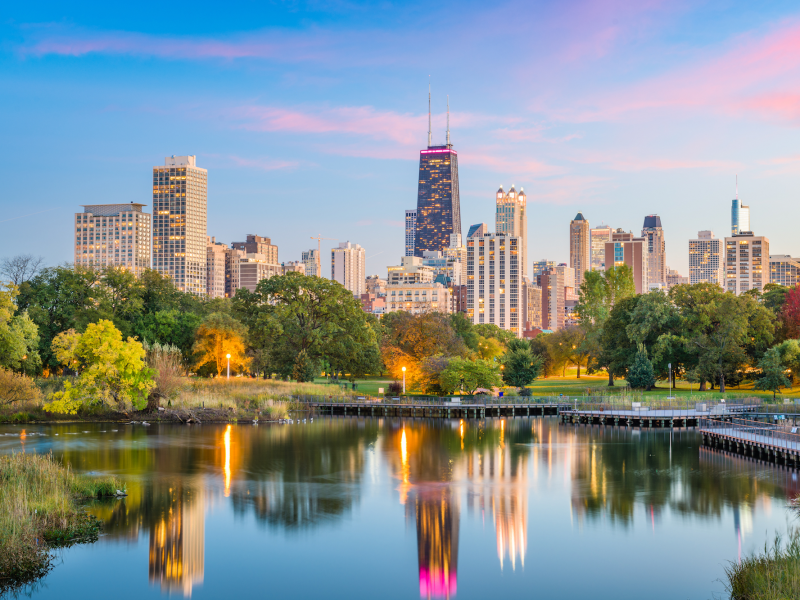
The cancellation of an annual housewares trade show in Chicago is costing the city $77 million. The tradeshow would have brought an estimated 60,000 visitors.
8. Boston gets most of its international visitors from China, who spent $616 million in Boston in 2018.
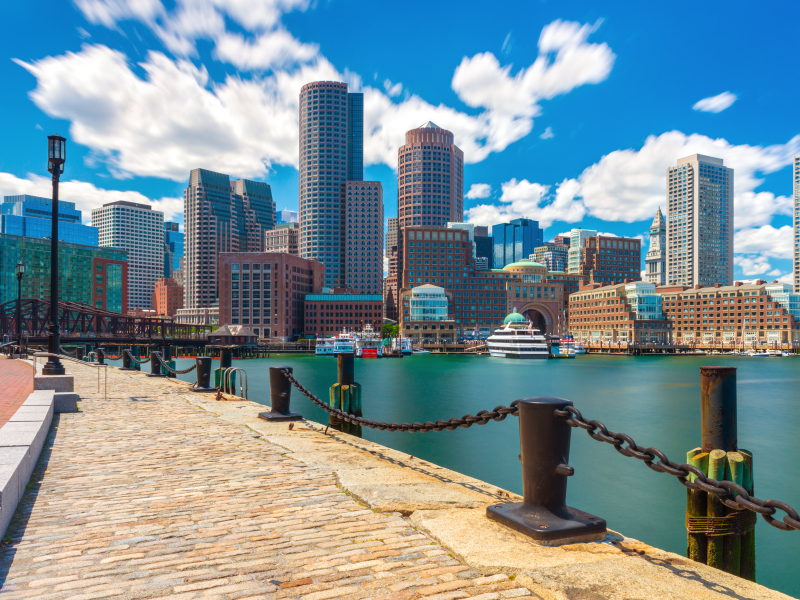
The Chinese market accounts for the majority of Boston's international visitors, according to the Boston Globe.
While travel experts at Boston Convention & Visitors Bureau say it's too early to tell what the impact of the coronavirus will be on the tourism industry in Boston in 2020, in 2018, Chinese visitors spent $616 million in Boston.
9. Yellowstone National Park typically gets more than half of its business from Chinese tourists.
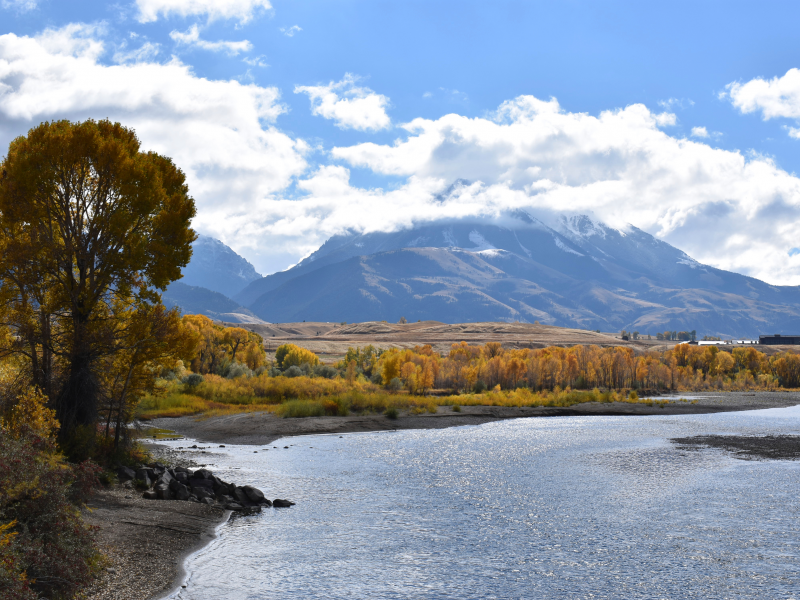
During a busy season at Yellowstone, around 60% of its business came from tours for Chinese travelers.
Although its too early to tell how by how much, tourism officials think the outbreak will reduce Chinese travel to Yellowstone.
10. Utah's national parks, including Zion, Bryce Canyon, Arches, Canyonlands, and Capitol Reef, draw Chinese tourists to Utah, where they spent $130 million in 2018.
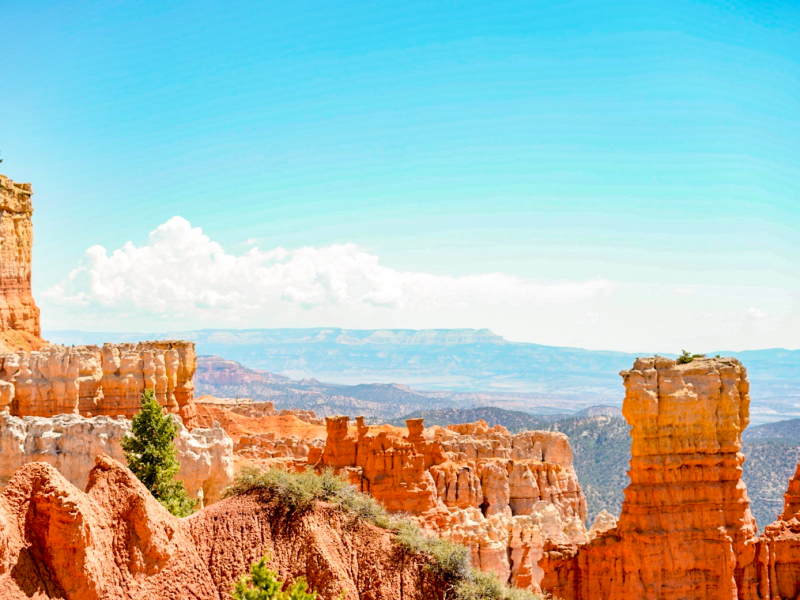
In 2018, 83,000 Chinese tourists spent $130 million in Utah. According to KUTV, these tourists go to Utah for the national parks, among other things.
Rachel Bremer at the Utah office of tourism told KUTV that if the virus continues to spread through the summer, Utah's tourism industry could take a heavy hit.
Read More:
